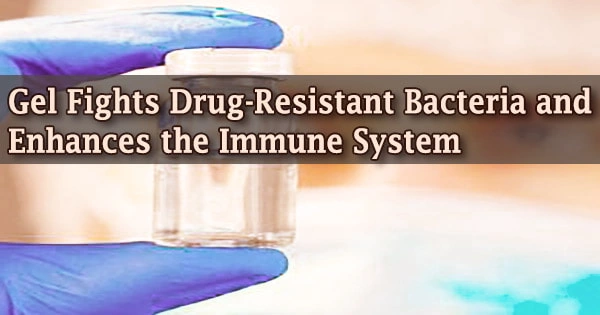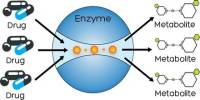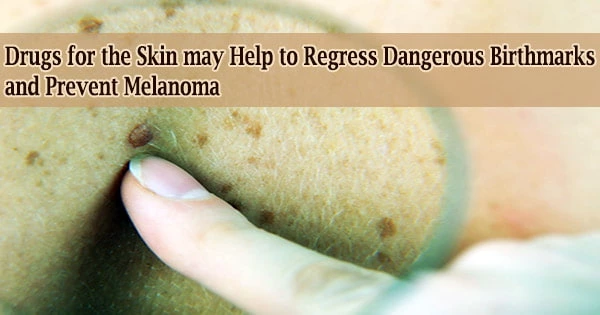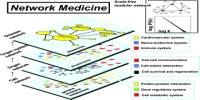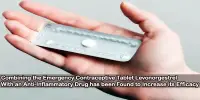In the fight against multidrug-resistant bacteria, Swedish researchers have created a novel type of antibiotic-free wound protection that kills drug-resistant bacteria while also triggering the body’s own immune responses to combat infections.
The new treatment is based on specially developed hydrogels consisting of polymers known as dendritic macromolecules, according to researchers from KTH Royal Institute of Technology, Karolinska Institutet, and Karolinska University Hospital, who report their findings in the Journal of the American Chemical Society.
The immune system consists of organs, cells, and substances that work together to fight infection (microbes). White blood cells, antibodies, the complement system, the lymphatic system, the spleen, the thymus, and the bone marrow are the key components of the immune system.
Professor Michael Malkoch of KTH claims that when sprayed on wounds, the hydrogels form spontaneously and are completely biodegradable and non-toxic.
“Dendritic hydrogels are excellent for wound dressing materials because of their soft, adhesive, and pliable tactile properties, which provide ideal contact on the skin and maintain the moist environment beneficial for optimal wound healing,” he says.
The antibacterial properties of hydrogels are still unknown, but the structure of these macromolecules holds the key. It’s characterized by well-ordered branches that end in a slew of cationic, charged contact points.
“Bacterial cells are interactive, and so are dendritic macromolecules,” he says. “When they meet, it doesn’t turn out well for the bacteria.”
Antibodies aid the body in combating microorganisms and the toxins (poisons) that they create. They accomplish this by recognizing antigens on the organism’s surface or in the molecules it produces, which identify the microbe or toxin as foreign.
These antigens are then marked for destruction by the antibodies. This attack involves a large number of cells, proteins, and chemicals.
Dendritic hydrogels are excellent for wound dressing materials because of their soft, adhesive, and pliable tactile properties, which provide ideal contact on the skin and maintain the moist environment beneficial for optimal wound healing.
Michael Malkoch
Professor Annelie Brauner of Karolinska Institutet says the hydrogels have excellent antibacterial properties and were effective against a broad spectrum of clinical bacteria, killing both Gram-positive and Gram-negative bacteria, including drug-resistant strains isolated from wounds, despite not containing antibiotics. Inflammation is also reduced by the substance.
The hydrogels were evaluated against Staphylococcus aureus (S. aureus) and Pseudomonas aeruginosa, two therapeutically important pathogenic microorganisms (P. aeruginosa). The hydrogels were found to be 100 percent efficient against P. aeruginosa and nearly as effective against S. aureus.
The gel not only effectively killed clinical drug-resistant bacteria from wounds, but it also promoted the development of naturally occurring antimicrobial peptides or endogenous antibiotics in human skin cells, according to cell infection studies.
“These endogenous antibiotics help fight bacteria and clear the infection,” Brauner says. “Contrary to traditional antibiotics, where bacteria may develop resistance quickly, resistance towards antimicrobial peptides, is very rarely seen.”
When compared to a commercially available hydrogel wound dressing, the hydrogel is even more effective at killing methicillin-resistant S. aureus (MRSA).
The hydrogel’s dendritic polymers are made of polyethylene glycol (PEG) and propionic acid (bis-MPA). Dendritic polymers’ branches end in multiple peripheral contact points with a cationic charge that engages strongly with negatively-charged bacterial cell membranes, resembling finely-manicured apple trees.
“Their well-designed, branched structure and scalability makes them ideal scaffolds for biomedical applications,” Malkoch says.
Malkoch’s lab has been using dendritic-based technology to fight skin infections for over a year, and the current study claims that hydrogel synthesis is simpler and more scalable.
“The gel is an outstanding contribution in the fight against multidrug-resistant bacteria especially in current times when we are running out of available antibiotics,” Brauner says.
